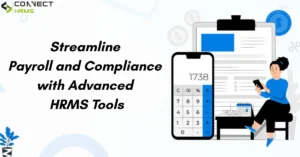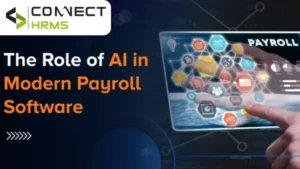
Streamline Payroll and Compliance with Advanced HRMS Tools
Payroll and compliance are two words that no HR manager wants to hear first thing on a Monday morning. Paying

Payroll and compliance are two words that no HR manager wants to hear first thing on a Monday morning. Paying

Payroll processing no longer needs to be a time-consuming nightmare. A system exists now that rapidly processes salaries and prevents

Payroll software for Human Resource Management Systems (HRMS) is a must for modern enterprises. It facilitates the effective management of

The introduction of HRMS or human resource management systems, has completely changed how businesses manage payroll and taxes, among other

Introduction In today’s fast-paced business world, managing employee payroll can be a challenging task. Given the complexity of payroll calculations,

As a business owner or manager, it’s important to have good payroll tax management software to help you manage your
WhatsApp us